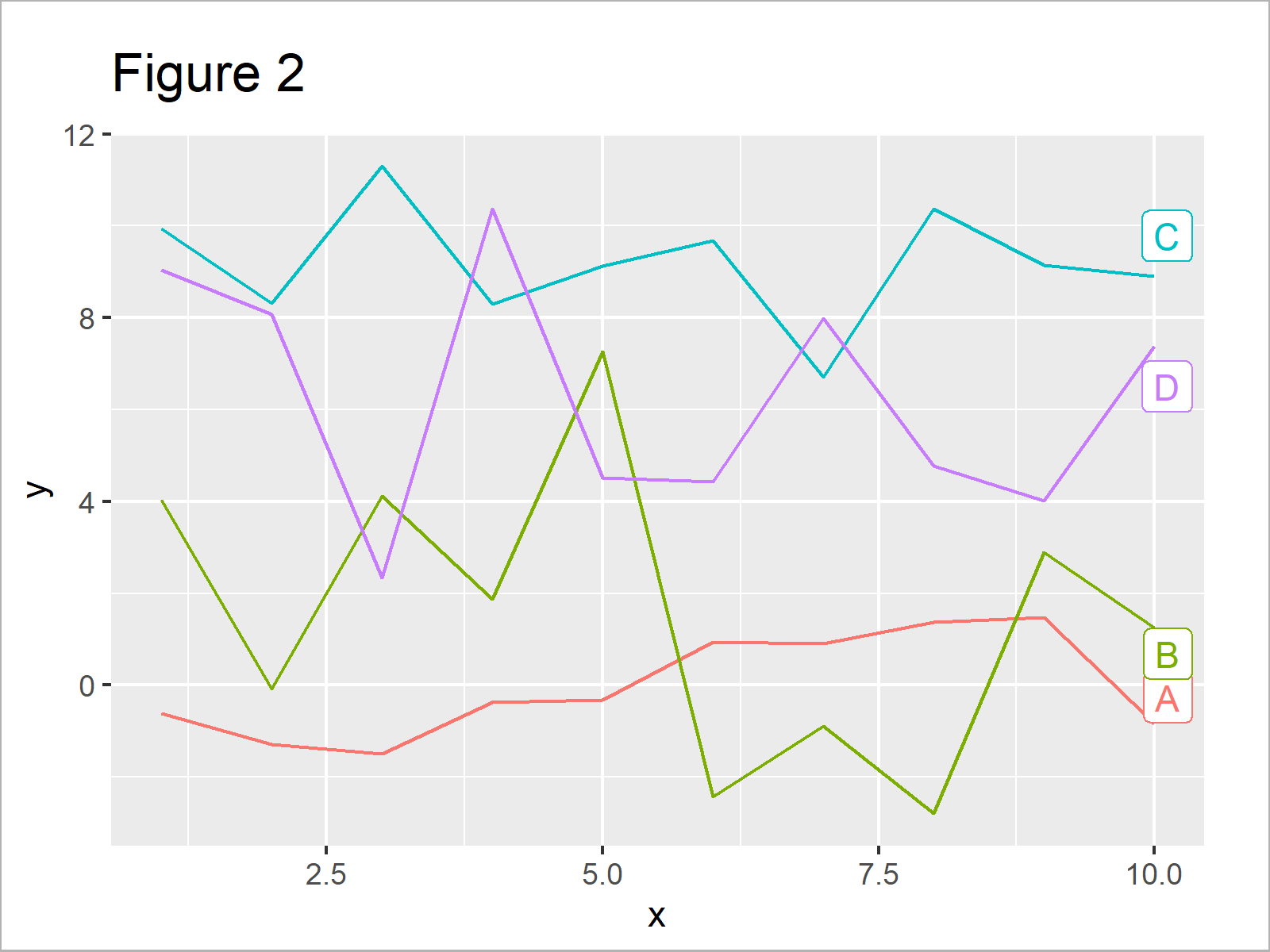Outrageous Tips About Line Graph In Ggplot Looker Multiple Chart

To fix, wrap the arguments passed to.
Line graph in ggplot. Here’s how they look: Line graph with multiple lines in ggplot2 data transformation line chart of several variables legend customization data transformation consider the following data frame. Line graphs are most typically used if one variable changes continuously against another numeric variable which is the case for most time series charts (e.g.
Create a basic line graph using ggplot. It’s based on the layering principle. Ggplot2 allows to draw line charts thanks to.
You can then modify each of. In this article, we will go through the tutorial for drawing line plot in r with ggplot2 package. Let’s create a simple dataset with time points (time) and corresponding random cumulative values (value) and use he.
A geom_line() object with a defined aesthetic mapping (aes()) here’s an. Create line plots with points library(ggplot2) # basic line plot with points ggplot(data=df, aes(x=dose, y=len, group=1)) + geom_line()+ geom_point() # change the line type ggplot(data=df, aes(x=dose, y=len, group=1)) + geom_line(linetype = dashed)+. A line graph with multiple lines using geom_line.
There is one way of. The r functions below can be used : In a line graph, we have the horizontal axis value through which the line will be ordered and connected using the vertical axis values.
This is the natural format expected by ggplot to create a line graph with several groups. It can also be used to customize quickly the plot parameters. How to make line charts in ggplot2 with geom_line in plotly.
Ggplot2.lineplot is an easy to use function to generate line plots in r software using ggplot2 plotting system. Many examples with explanation and reproducible code, with a focus on ggplot2 and the tidyverse. By default geom_text will plot for each row in your data frame, resulting in blurring and the performance issues several people mentioned.
To plot a line graph in ggplot2, you need: They are primarily used for visualizing data trends over intervals. Here’s how to make a thicker dashed blue line:


















